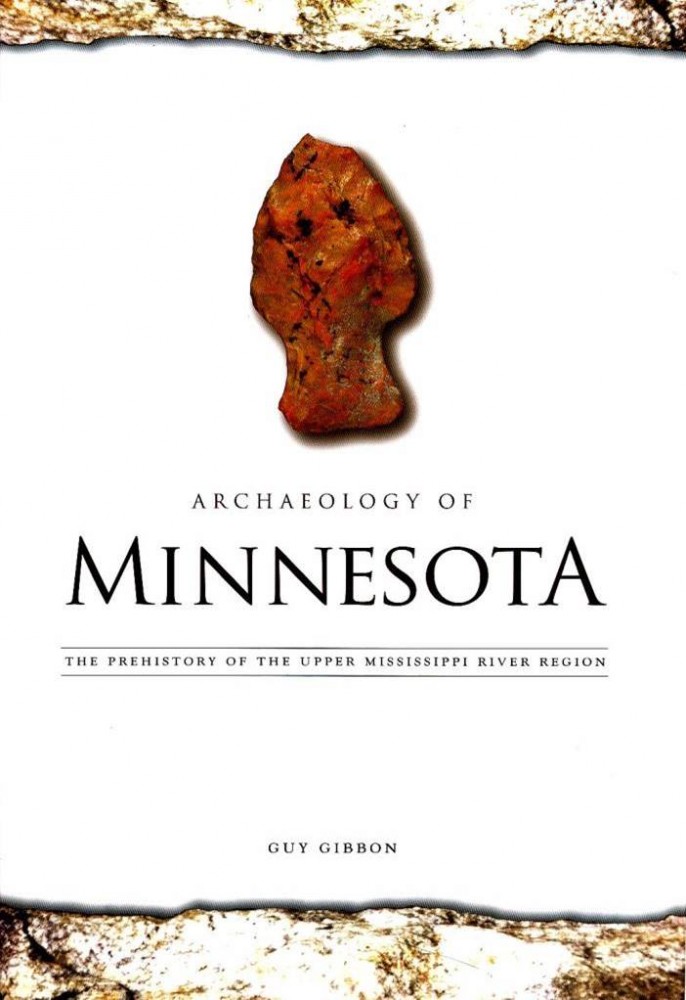Welcome to Our Summer Interns!
Meet Grayson and Grace—two of our outstanding summer interns at the Ohio History Connection!
There is no more hotly debated question in all of American archaeology than ‘when did people first arrive in the New World? For decades, the consensus has been that the early Paleoindian Clovis culture was the first to arrive around 13,000 years ago. And many archaeologists still think that’s the right answer. For myself and others, however, sites like Meadowcroft Rockshelter next door in Pennsylvania and Monte Verde in southern Chile pretty much conclusively demonstrate that people were here before Clovis. James Adovasio, the excavator of Meadowcroft, fears that there will be no new consensus in support of a pre-Clovis occupation of America until the generation of archaeologists ideologically committed to the Clovis First paradigm grows old and dies. I hope that’s not true. Guy Gibbon, emeritus professor of anthropology at the University of Minnesota, has a suggestion for moving us forward on this issue without the necessity of coming to a new consensus and I think it merits widespread support.
In his new book, Archaeology of Minnesota, Gibbon gives his answer to the question of when people first discovered America: “I don’t know.”
“I don’t know.”
Fair enough; but then he goes on to present what seems to me to be a reasonable and pragmatic suggestion for finding the answer.
“Every field archaeologist working in the state [I would expand that to ‘the hemisphere’] should assume as a matter of procedure that people lived in Minnesota before the Paleoindians.”
Gibbon describes this as a cautionary approach and bases it on two commonsensical adages: “It’s better to be safe than sorry.” “You don’t see what you’re not looking for.” Gibbon’s suggestion seems eminently reasonable to me, but just as important as getting field archaeologists to accept the proposition is getting buy-in from state and tribal historic preservation offices, state archaeologists, and state archaeological associations, societies, or councils. Doing so certainly would make Cultural Resource Management projects more expensive, since it would require more deep testing, but the costs of looking for archaeological traces that may not be there are negligible compared to the costs of not looking for and so possibly missing evidence that, if found, would have profound significance for our understanding of not just American prehistory, but for the story of the peopling of the world.